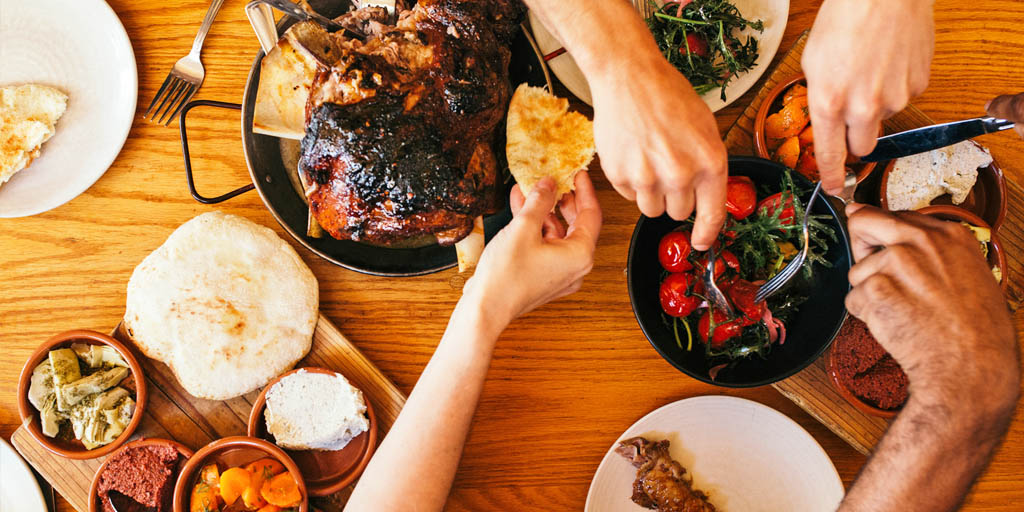Travel Startup Learnings: Food Tourism
I made an obvious mistake when launching TripScout. I underestimated the importance of food tourism in our app. Food isn’t just an important part of travel – it’s arguably the most important.
I knew showing travelers a good meal and teaching them the history and culture of a place through food was a big deal. It’s a major part of why I love to travel. However, recommending places to eat is tricky, so I strategically ignored initially. People have different preferences, budgets, and moods. The local restaurant scene is constantly changing. The hottest new restaurant today is often overrated and touristy tomorrow. New players emerge. Many go out of business.
There are also dozens of resources focused exclusively on that. Foursquare, Yelp, Eater, OpenTable, Truffle, and many more. I decided that TripScout would guide you through neighborhoods and sites, and only mention a few must-do evergreen food experience.
Ok, enough with the justifications and excuses…
I was wrong and we quickly adapted. As of a couple months ago, foods and drink spots now make up at least half of all TripScout recommendations.
Food tourism is one of the most important trends in the travel industry. It isn’t new, but it’s growing exponentially. A rapidly growing number of people now take trips specifically for food. That’s the primary criteria. That means vacation time, flights, accommodation, and more are committed solely to find the perfect meals. The remaining majority sees culinary activities as an important next step once picking a destination.
Anthony Bourdain and a general increase in modern food/cooking shows is largely to thank for this trend. The increase in culinary variety in major cities, the success of several food tours and cooking classes, and the explosion of food porn on social media are also pivotal to this trend. Skift’s Samantha Shankman refers to this generation as having an arms race to determine who has the most unique food and beverage experiences.
This is a big opportunity for the travel industry, but also a tough problem to solve. Culinary experiences are becoming increasingly crowded and today’s travelers care more about local food experiences that are unique and authentic. I predict that you will see a lot more food tours and cooking classes being offered in cities, a handful of new “where to eat” focused mobile apps, an increased focus on food for destination marketers, and an overall increase in niche dining options. This is a good thing – but it will also be noisy.
I think the solution for content and tech providers to provide good food recommendations is to focus on curation from a trusted source. The crowdsourced solutions are losing trust as they have an inherent bias towards volume, which ranks the tourist traps, the obvious, and last year’s picks at the top of most lists. They also create a paradox of choice. Traditional guidebooks served this role for past generations, but most have long lost the trust of the modern traveler. If anything, I hear people saying more often that they use major guidebook recommendations as a resource to find out “where not to go.”
Our solution to support food tourism
At TripScout, we are addressing this need by placing an obsessive emphasis on highly curating the culinary experiences from local experts: chefs, bartenders, local bloggers, and the foodies in our community. We figure out where they eat and what they recommend to their friends. We narrow it down to avoid a paradox of choice or offer the same things you can find anywhere else. Sometimes we’ll tell you places and dishes you have to try, but other times, we’ll simply direct you to the best streets and markets to explore so you can find discover your own unique experience.
Hope my thoughts on the Food Tourism helped! If you liked it, please check out my travel app TripScout, follow me on Instagram, and sign up for my free newsletter.
Error: No feed found.
Please go to the Instagram Feed settings page to create a feed.
Travel Startup Learnings: Food Tourism


